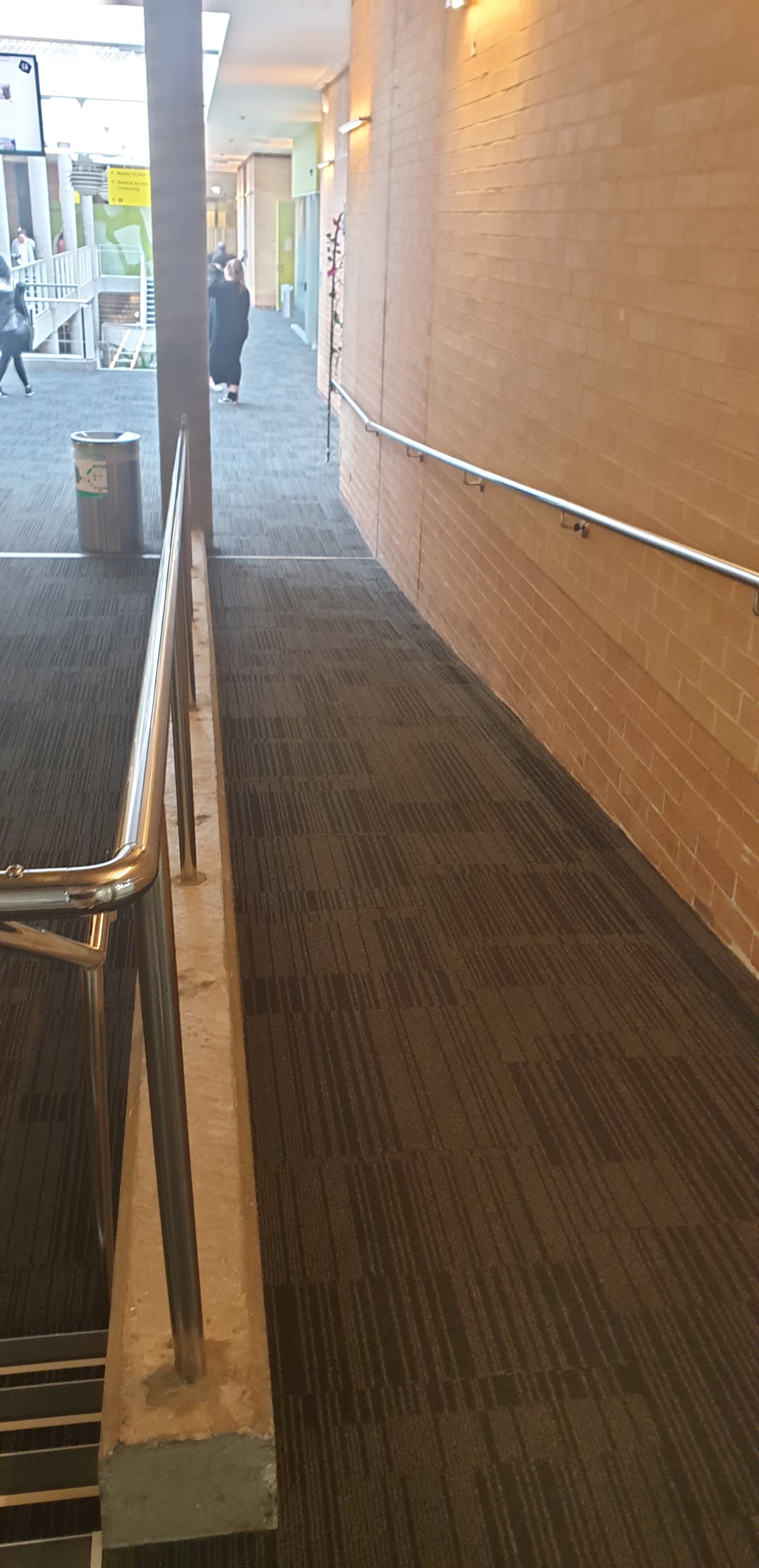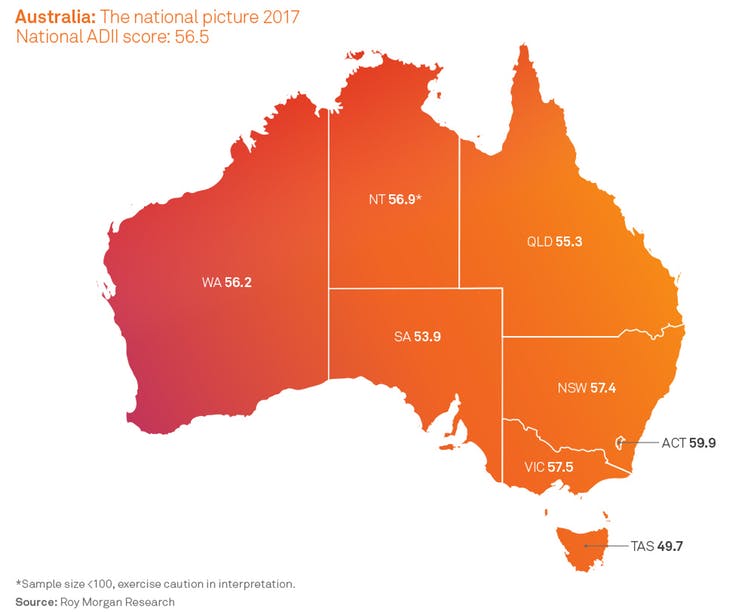IMAGE 1
IMAGE 2
IMAGE 3
Concept & Brainstorming
Putting Ideas into practice
Draft #1

Draft #2

Draft #3

Draft #4

Draft #5

Draft #6

Visual Literacy Tools
Signifier & Signified
Information Value
Salience / Framing
Given/New
Concept / Brainstorming
Putting Ideas into practice
Draft #1

Draft #2
I added the books and computer:


Draft #4

Draft #5

Draft #6

Visual Litercay Tools
Signifier/Signified
Information Value
Salience
Given/New
Inspiration
https://ccsearch.creativecommons.org/photos/4811f94b-b4e0-4385-95a4-6cf29600bf97
Concept / Brainstorming
Putting ideas into practice
Draft #1

Draft #1 – (Clenched fist) – NOT CHOSEN

Draft #2

Draft #3

Draft #4

Draft #5

Visual Literacy Tools
Signifier/Signified
Information Value
Salience
Framing
Given/New
Inspiration
https://ccsearch.creativecommons.org/photos/54a1cd8a-7a43-4be1-b292-733a8a4acea3
The following is a sample idea of what i want to do for one of my posters – I will attempt to do this by sketching something similar (with more individual expression towards issue), scanning it and enhancing it through photoshop
Faculty: Law
Organisation: Legal Aid NSW
Issue: Access/Divide
The organisation related to my field (Law) that I have chosen to focus my images on for the next assignment is (Maurice Blacburn Lawyers).



Algorithms are fundamental to the discourse of information and opinion within digital platforms due to evaluating information displayed to the viewer. Due to this, understanding the impact of algorithms is essential to digital literacy. Algorithms severely impact the user’s navigation of digital information, altering the content presented and distributed by the user (Crawford 2016).
Within social sciences, algorithms extend beyond a “calculation engine” creating a single “autocratic decision” based on data provided to it (Crawford 2016, p. 79). Rather, algorithms are the unseeable processes by which digital spheres are produced and altered, not solely the final output (Crawford 2016). Thus, digital literacy includes being aware of factors altering the algorithm, including the processes and assumptions implemented by those who created it.
Algorithms are not always predictable in nature, creating a public discourse with altering perspectives, therefore allowing for debate. This is evident through programmed randomised testing within digital algorithms, labelled as “A/B testing” (Crawford 2016, p. 80). This creates a platform of democratic public discourse with no separation between technology and politics, conceptualised through the theory of ‘agnostic pluralism’ (Crawford 2016). This refers to having a plurality of opinions and content within the political discourse where “conflict may appear”; however, assists in resolving and understanding differences (Crawford 2016, p. 83).
This notion of agonistic opinions is not a new phenomenon, according to Lazer (2015), likening digital platforms to spheres of 19th-century public debate. Lazer (2015) supports this by comparing Facebook’s algorithm to Habermas’ model of the public sphere. This is due to comparing the algorithms of contemporary digital platforms to 19th Century Parisian salons (Lazer 2015). This is illustrated through the concurrent characteristics of enabling “intense conversation, with leakage across conversations creating a broader, systemic discussion” (Lazer 2015, p. 1090). This notion is also supported through Dahlberg (2001) due to his belief in digital platforms, subject to algorithmic impacts, to facilitate democratic discussion. Through algorithms within contemporary digital platforms, there is the creation of deliberative democracy, in which “dialogue and difference” are pivotal to the collection and dispersion of information (Dahlberg 2001, p. 616). Through added randomised testing, users with differing perspectives can engage in “rational-critical discourses” regarding public matters (Dahlberg 2001, p. 616).
Therefore, through analysing the impact of algorithms upon the user, it is crucial that the individual views algorithms beyond the output of preferential data. Rather, the individual must acknowledge both the assumptions of those who created the algorithms and their current exercise of digital literacy. Through this analysis, it is evident that digital literacy includes being aware of algorithms and its ability to facilitate discussion or persuade the user.

The ability to develop digital literacy is dependent on one’s capability to access and participate in a digital framework. However, there are many barriers to digital accessibility, including physical, contextual and socio-cultural restraints (Ellis & Goggin 2015).
Accessible technology refers to digital tools which can be used efficiently by disabled users without needing to render the process of content consumption or dispersion as inferior (Lazar, Goldstein & Taylor 2015). However, it is important to note that accessibility within digital platforms is not limited to those with physical impairments, however, is focused on a comprehensive design for the “broadest population of users possible” (Lazar, Goldstein & Taylor 2015, p. 7). This provides a deeper understanding that digital literacy is a fundamental component to the rise in participatory culture (McShane 2011). This is due to the shift from information literacy to digital literacy allowing for a transition from a ‘consumption only’ culture to one which also fosters creation and production, therefore, participation (McShane 2011).
However, barriers to this modern and digital-based participatory culture are extremely prevalent in disabled Australian citizens, impacting 20% of the population (Elis & Goggin 2015). This is evident through the Australian Digital Inclusions Index (ADII) Report, concluding that disabled citizens possessed an ADII score “11.0 points below the national average” (Roy Morgan 2018, p. 6). Such barriers in Australian contexts include funding and technological issues (Elis & Goggin 2015).
Government funding allows for the development of inclusive and disability-targeted digital platforms. This is evident through the creation of Ramp Up, a “participatory media space” established by the Australian Broadcasting Corporation (ABC) which enabled disabled citizens to have a democratic voice regarding disability issues in Australia (Elis & Goggin 2015, p. 81). However, this was met by the barrier of funding restraints, due to 2014-15 budget cuts of $43.5 billion to the ABC, forcing the termination of the program (Metherell 2014). Through this termination, disabled users find digital platforms inaccessible, therefore not allowing for their involvement within digital-based participatory culture, as outlined by McShane (2011). Government restraints also extend to disability support pension cuts, aggravating the difficulties of disabled persons to participate digitally (Gibbs 2014). Such government restraints have caused a modern reliance relied on crowdfunding to facilitate digital inclusion (Ellis & Goggin 2015).
Another barrier to access and participation includes a lack of accessibility regarding digital media platforms. Measures to overcome this are evident through diverse user interfaces to suit people who have special needs (Ellis & Goggin 2015). This is evident through twitter’s adoption of the Easychirp interface which allows for access and participation using technologies suited for disabled users – e.g. screen readers (Ellis & Goggin 2015).

The digital divide refers to the gulf between those with optimal and minimal adoption rates of digital technologies (Rennnie et al. 2016). This is palpable in Australia through disparities between Aboriginal Australians living in remote areas (‘Outstations’) and Non-Aboriginal inhabitants in the same geographical location (Rennnie et al. 2016). One must examine the impact of Indigenous socio-cultural structures and how this alters their relationship with technology, labelled as ‘social logistics’ (Tenhunen 2008). Social logistics demonstrate that digital literacy isn’t solely dependent on infrastructure; however, also socio-cultural influences (Rennnie et al. 2016).
The digital divide is evident through only 53% of Aboriginal Australians in “very remote areas” having accessed the internet between 2014/15, compared to 85.7% in urban communities, according to a 12-month sample study (Roy Morgan 2018, p. 19). Previously, it was understood that this divide was solely due to infrastructural issues, evident through a 2007 study which concluded that only 26% of remote Aboriginal communities possessed mobile telephone coverage (Rennnie et al. 2016). To improve this, the Australian government established the National Broadband Network (‘NBN’), designed with “regional parity in mind” (Rennnie et al. 2016, p. 20).
The improved internet, however, did not result in increased internet adoption. This presented the need to analyse the divide through social logistics. Refusal to adopt new platforms of digital literacy presented a new outlook, concluding that low adoption rates were dependant on “social obligations” such as economic and land obligations (Rennnie et al. 2016, p. 20). This presented the concept of a ‘digital choice’ to adopt such technologies (Norris 2001). However, within modern society, this digital choice not to adopt such technologies only decreases one’s digital literacy rates. This choice causes a “social divide” due to a “gap between information rich and poor” (Norris 2001, p. 4). Therefore, it can be noted that deprivation of digital platforms and the development of digital literacy skills fosters ‘information poverty’ (Hersberger 2003). This establishes a clear understanding of digital literacy as a necessary skill to obtain information, therefore impacting one’s class location (Hersberger 2003). This is illustrated through a 1996 US-based study, which highlighted that US homeless citizens without internet access felt degraded by those with superior digital-based information services (Hersberger 2003).
Therefore, digital literacy is severely impacted by the level of access the individual possesses, creating a correlation between one’s digital literacy and class location. It must be noted, however, that one’s access, participation, and digital literacy is dependent not only on infrastructure and economic resources, however also social logistics.

Digital literacy refers to the skills required to navigate, collect, and share information via a digital platform (Deakin University n.d.). When examining digital literacy, it is essential to consider the uses and users of such platforms. The ‘digital native’ refers to individuals with optimal technical proficiency, born following 1984 who have been exposed to the era of digital platforms (Prensky 2001). Many scholars, however, are concerned with the validity of these claims due to current data on usage patterns (Kirschner & De Bruyckere 2017).
The ‘digital native’ as a “new generation of students in possession of sophisticated technology skills and with learning preferences” is a false narrative due to a lack of evidence to support such claims (Bennet, Maton & Kervin 2008, p. 783). Using digital platforms primarily for “personal power and entertainment”, the ‘digital native’ is a consumer of digital content rather than an active participant in the evaluation and composition of information (Kirschner & De Bruyckere 2017, p. 136). These usage patterns are evident through a 2004 US-based study which concluded that the top use, resulting in 99.5% of students, of digital technologies, was categorised as “surfing the net for pleasure” (Bennet, Maton & Kervin 2008). The lack of ‘digital natives’ possessing skills of digital creation and publication is evident through only 21% of students having created “content and multimedia” online (Bennet, Maton & Kervin 2008, p. 778). The digital native as ‘information-savvy’ is a perception which does not correlate to their usage patterns; however, this has allowed for a shift in societal power and value (Kirschner & De Bruyckere 2017). This shift is evident through the terminology of the ‘digital immigrant’ as an older group lacking the “technological fluency” desired in modern society (Bennet, Maton & Kervin 2008, p. 777).
The myth of the digital native also presents false presumptions regarding the individual’s ability to multitask using digital platforms. Multitasking, the completion of two or more tasks simultaneously, is referred to as ‘threaded cognition’ (Salvucci and Taatgen 2008). This is due to the ability of the individual to concurrently complete two or more tasks at once (Salvucci and Taatgen 2008). However, digital platforms present the issue of merely “task switching” rather than the concurrent completion of two tasks at full capacity (Kirschner & De Bruyckere 2017, p. 138).
Debunking this myth illustrates reveals that digital literacy refers to being an active participant in the creation of content, rather than solely consuming content. Further, it displays that digital literacy is a skill which allows for an increase of power, as demonstrated by the perceived rise in the value of the ‘digital native’ in modern society.
